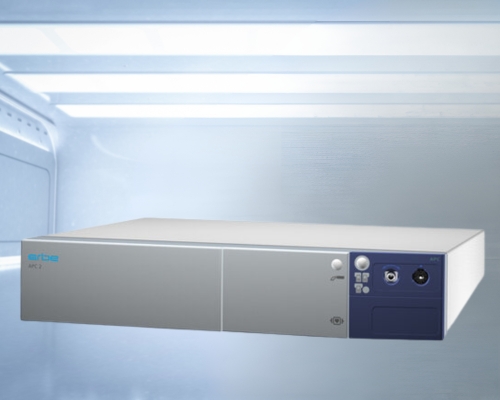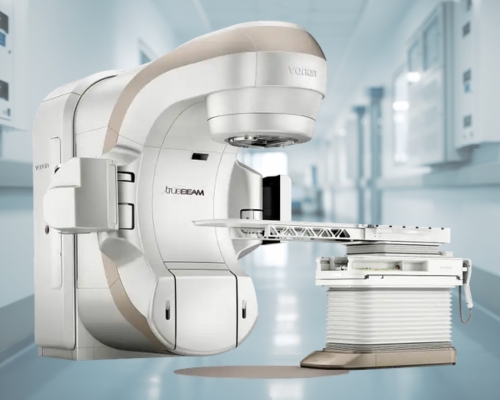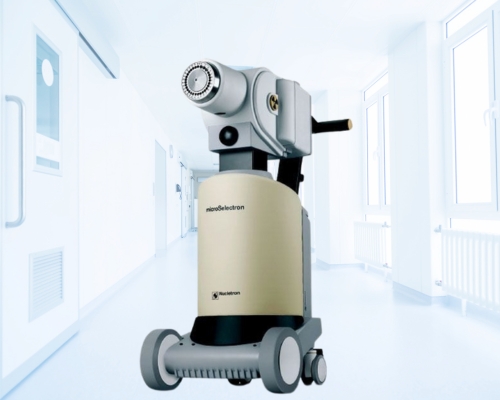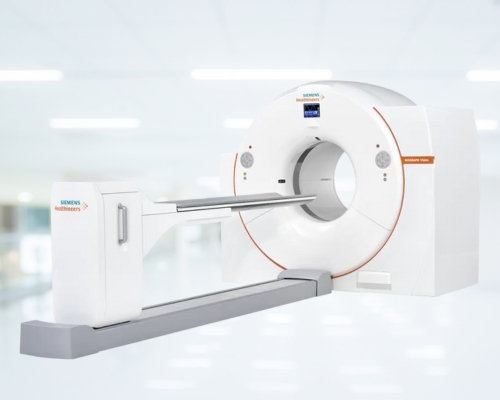APC 2

What is APC 2?
The APC 2 (Advanced Patient Care 2) is a modern medical device designed for patient monitoring and support in clinical settings. It is typically used to enhance patient care by providing real-time data on vital signs, such as heart rate, blood pressure, respiratory rate, and oxygen saturation. The APC 2 integrates advanced technology to offer continuous monitoring, early detection of potential issues, and support for patient management.
How Does It Help?
APC 2 helps by offering a comprehensive monitoring solution that tracks key physiological parameters and provides alerts for any abnormalities. This allows healthcare providers to respond quickly to changes in a patient’s condition, improving overall patient safety and care. The system’s real-time data and analytics enable more informed decision-making, better management of chronic conditions, and enhanced responsiveness during emergencies.
How Is It Done?
Preparation
Before use, the APC 2 system is set up and calibrated according to the manufacturer’s guidelines. The necessary sensors and monitoring devices are attached to the patient, such as ECG leads, blood pressure cuffs, and pulse oximeters. The healthcare provider reviews the patient’s medical history and current condition to configure the monitoring parameters appropriately.
Procedure
During monitoring, the APC 2 system continuously collects data from the attached sensors and displays it on a monitor for real-time observation. The system tracks vital signs and other physiological parameters, providing alerts if any values fall outside predefined ranges. Healthcare providers can use the data to adjust treatment plans, manage medications, and address any issues promptly.
After Treatment
Once monitoring is complete, the sensors are removed from the patient, and the data collected is reviewed by healthcare providers. The APC 2 system is cleaned and prepared for the next use according to infection control protocols. The monitoring data is analyzed and documented, and any significant findings are communicated to the patient’s care team for further action or follow-up.
What Are The Benefits and Risks Of APC 2?
Benefits:
- Provides continuous, real-time monitoring of vital signs, allowing for early detection of potential issues and prompt intervention.
- Enhances patient care by offering comprehensive data analysis and alert systems, which support better clinical decision-making and management.
Risks:
- Potential risks include equipment malfunction or calibration issues, though regular maintenance and checks help mitigate these risks.
- There is a small risk of false alarms or data inaccuracies, which can impact clinical decisions if not properly managed.
What Makes APC 2 So Unique?
The APC 2 stands out due to its integration of advanced monitoring technology and real-time data analytics. Its ability to continuously track multiple vital signs and provide immediate alerts for abnormalities enhances patient safety and care efficiency. The system's sophisticated features, including customizable monitoring parameters and data reporting, contribute to its effectiveness in diverse clinical environments. Its combination of reliability, accuracy, and ease of use makes it a valuable tool for improving patient management and clinical outcomes.
Looking for an Expert
Sharda Care - Healthcity is home to some of the eminent Doctors in the world.
Book an Appointment








